Strange Horticulture and The Case of the Golden Idol are both critically acclaimed puzzle games that were released in 2022, but the similarities don’t end there — each game was also created by an independent studio consisting of a pair of brothers. In this interview, Rob and John Donkin (Bad Viking) and Ernests and Andrejs Kļaviņš (Color Gray Games) discuss their early experiences in the video game industry, what it’s like to have a brother who’s also a business partner, and the process of adding an overarching narrative to their games.
Bad Viking — Rob and John Donkin
Roles in the Bad Viking Studio / Getting Started
On paper, Rob and John Donkin have clearly defined roles at Bad Viking — Rob writes the code, and John does the art — but the true scope of their job descriptions is much broader and more nebulous.
“When there are just two of us working in a studio, we kind of have to dip our feet into all sorts of things,” said John. “Marketing, 3D animation, UI design… there’s an endless list of skills that you have to have when you’re a small team. And there’s still thousands of things I wish I knew how to do that I don’t.”
“I do the writing as well,” Rob noted. “Sound design and stuff like that is generally me. Puzzle design we kind of both do.”
Just about every aspect of game development is a joint effort, aside from the brothers’ formal areas of specialization. “Whilst Rob does the bulk of the writing, we certainly hash it out, and I write little bits here and there,” said John. “So, it’s quite a collaborative process, except for code, which I know nothing about.”
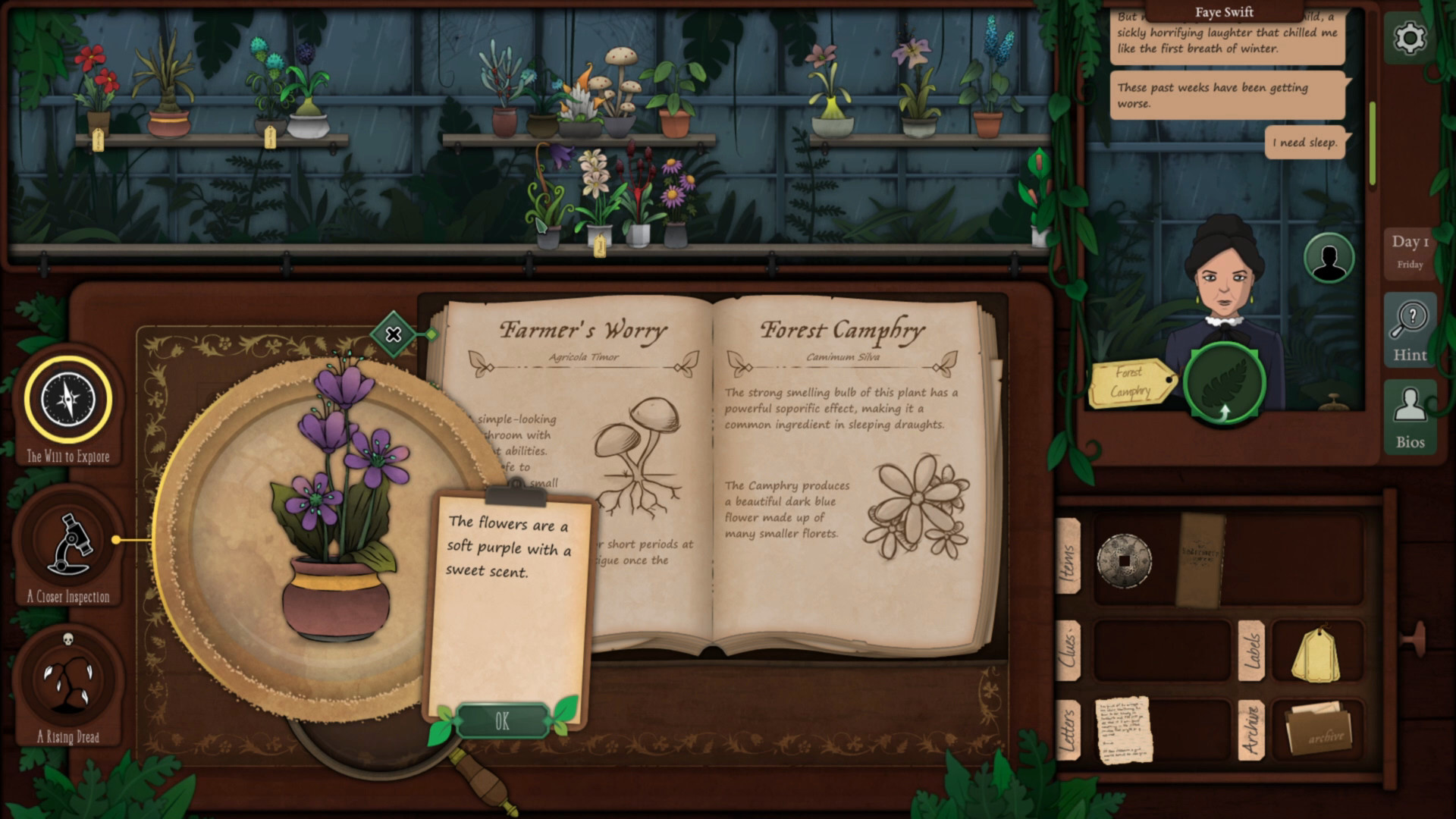
“Yeah, and if I have to do any art, I find it so frustrating,” added Rob. “Even if I just want a circle, I’m like, ‘John, can you draw me a circle, please?’”
Rob entered the video game industry before John did, but his early work was more of a hobby than an endeavor to build a career. “I actually started first back in … probably about 2008. I wasn’t looking to make games, but I stumbled across Flash because I was trying to make a website … so yeah, I started making games,” he said. “I worked with an artist who is known on the internet as robotJAM, which is genius. He was pretty prolific back in the Flash days.” Immediately, Rob was captivated by coding, which offered seemingly limitless creative potential. “It was literally like crack to me. It was like, ‘Wow, you can make stuff move around, and you can do whatever you want, basically. This is amazing.’ I just love it.”
John’s eventual foray into game development felt similarly serendipitous. “I fell into this by accident, and if it hadn’t been Rob inviting me to come and join in making games… I mean, it’s so far removed from what I expected to be doing,” he mused. “I did a degree in economics and a master’s degree in management, and then I went into the film industry before ending up in games. I could have been a corporate shill, but instead, I get to do all this creative stuff, which is amazing ‘cause I’ve got these two sides of my brain. I’ve got the analytical side and the creative side, and they pull in different directions, but that creative side was very strong, so it just felt right making games.”
Funnily enough, Rob initially intended to teach John to code, which proved to be a well-intentioned but ultimately fruitless venture. “It just did not click with me at all, and yeah, I didn’t have the patience for it,” John recalled. “I guess that’s why our partnership works, because I didn’t care about that. I just like to make things look nice.”
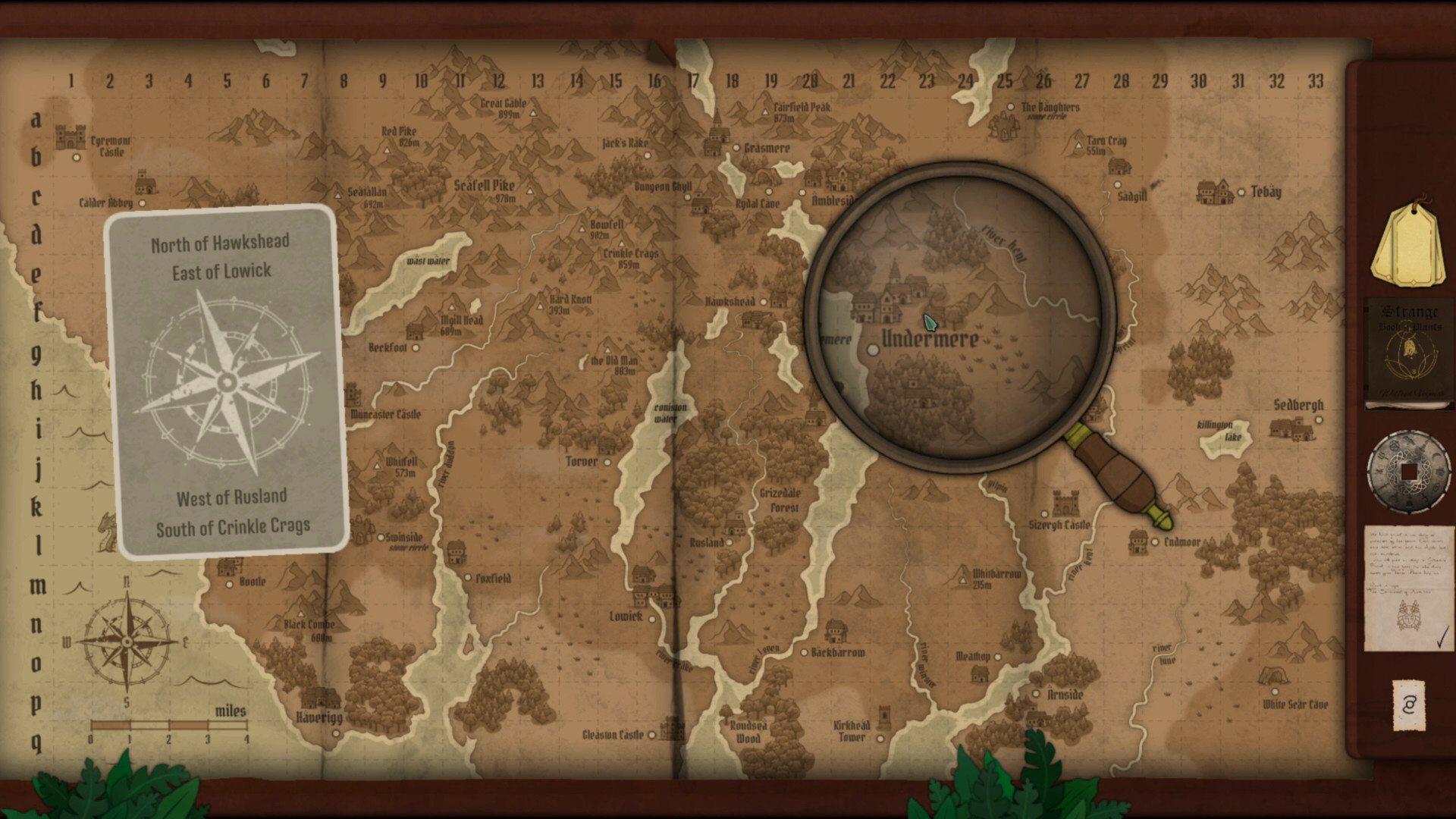
Working with Family
Occasionally, Rob and John’s twofold partnership — being brothers and coworkers — can be a tricky thing to navigate. “I guess, like any relationship, there’s always challenges, right?” said John. “We’re intimately familiar with each other. I know what makes him tick. I know what pushes his buttons, and that can make life difficult. You don’t necessarily think before you speak when it’s your brother because you know, ultimately, you’re not going to get in hot water over it. I sometimes say things that I instantly regret, which I wouldn’t say to anyone else, but that’s just the way it is. We can be overly hard on each other sometimes, I think.”
“Yeah, I was going to say that as both a positive thing and a negative thing,” added Rob. “Like, an advantage and a disadvantage is that we’re able to communicate quite freely with one another, way more freely than you would any other colleague, which is great. We have great open conversations about all sorts of things, which really helps us both, but then, other times… well, just with family in general, you’re always your worst self to the people you love, aren’t you? So yeah, we see that side of each other as well.”
For the most part, however, the brothers’ closeness greatly enhances their work. “As challenging as it is sometimes, the positives of working together with my brother far outweigh anything bad,” emphasized John. “I get to work and collaborate with my best friend and someone I trust implicitly. We have a shared set of values and common experiences, and we’re inspired by the same things. We went on holiday together as kids, we played the same computer games… All of these things give us a sort of creative shorthand, as it were.”
Rob agreed. “A lot of the time, because we are quite similar, we’re often on the same page about stuff. We’ve got a really strong, similar foundation,” he said.
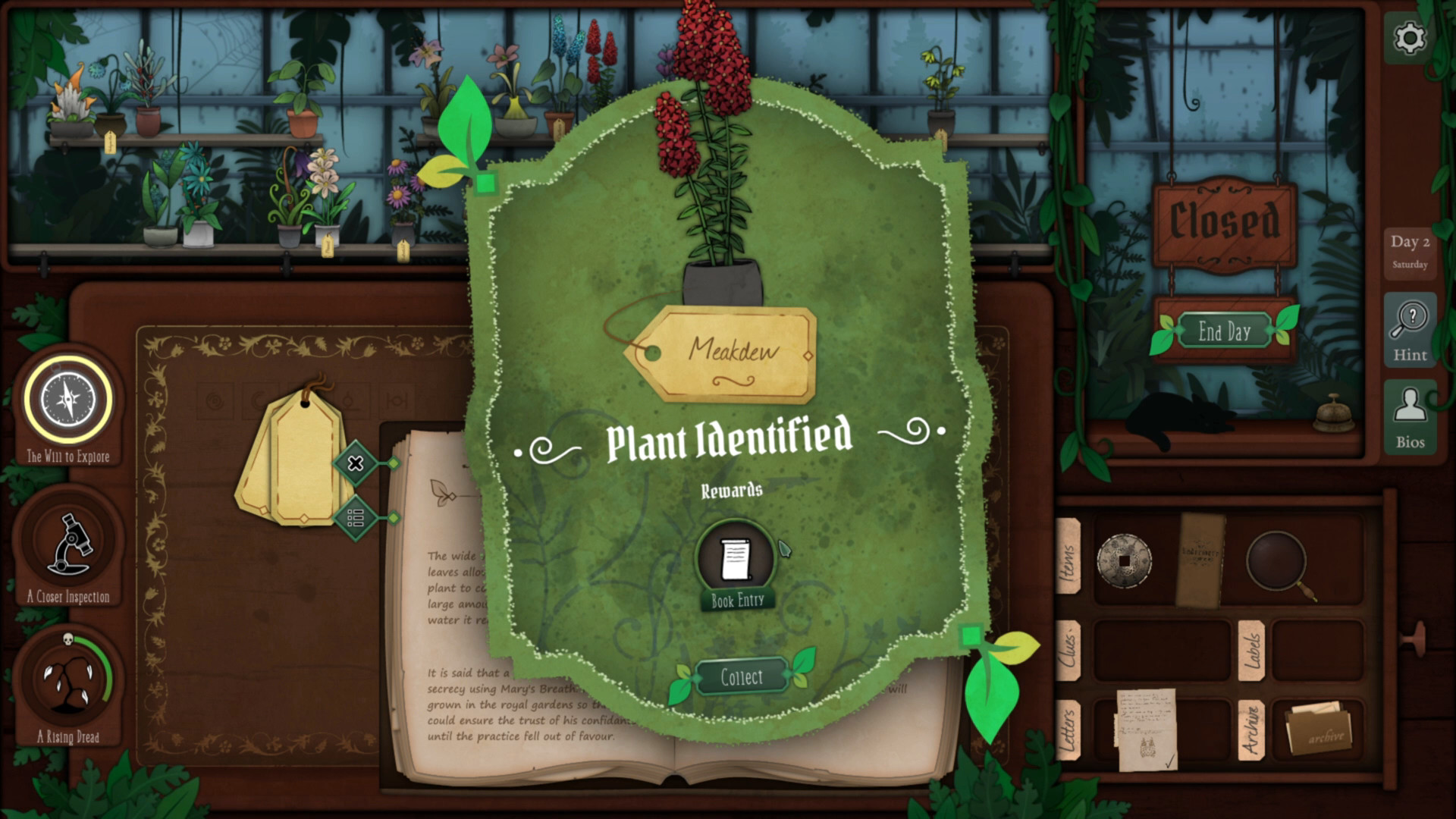
John continued, “We get to share in our disappointments, which helps, and we get to share in our successes, and there’s no one I’d rather share in my success with. I’m really proud that we get to do it together.”
When contemplating what they’ve learned from (and about) each other since becoming colleagues, Rob and John spoke about some character traits that are particularly noticeable in their working dynamic. “Rob’s quietly dogmatic; he often gets on with things in his own bubble,” said John. “I’m more outwardly anxious, but having Rob there to calm me down and say nice things helps. He’s taught me a lot about seeing the positives in life. I tend to come at stuff from a ‘glass half empty’ sort of negative perspective sometimes. I’m sure I’m quite frustrating, but Rob’s very patient with me.”
In response, Rob pointed out John’s tendency to be overly self-critical. “You’re such a perfectionist, and you struggle when you feel like you can’t achieve what you’re trying to achieve. But meanwhile, I’m frequently blown away by the stuff that you produce because… it’s awesome.”
“This is turning into a therapy session!” John joked.
The primary takeaway from this conversation was a sense of mutual growth — honing their craft together and strengthening their brotherly bond along the way. “From my side, the main thing that it has done is deepen our relationship,” said Rob. “I feel like we’ve both grown, and we get on better than we ever have done.”
John reiterated the importance of Rob’s unwavering support. “It was Rob that gave me this opportunity in the first place to do this, and it was his encouragement and belief in me as an artist that sort of pushed me into learning everything that I know today. Without that sort of encouragement, I would have probably given up ages ago. I think he pushes me to learn new skills, and we learn collectively. It’s been a 10-year journey, and we’re still learning.”
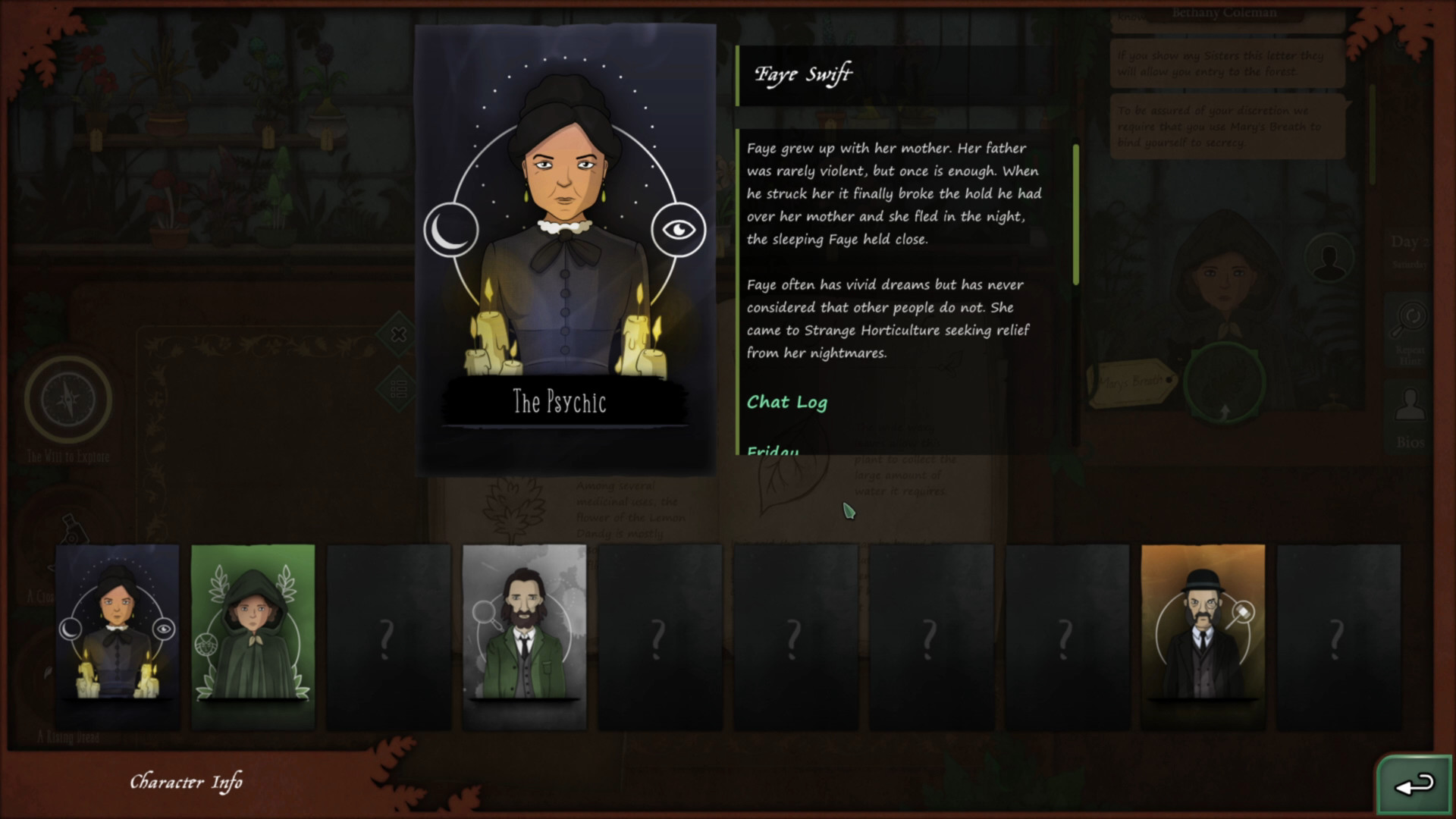
Narrative Design in the Puzzle Genre via Strange Horticulture
Rob and John concentrated on solidifying Strange Horticulture’s mechanics before turning their focus to its storyline. “I think story is obviously important in a lot of games, not every game,” said Rob. “But I think personally that gameplay is more important, so we had to get the gameplay right first and then decide how to build a story around that.”
Since Strange Horticulture’s gameplay consists primarily of plant-identifying puzzles, it was clear that the story needed to unfold around the horticulturist’s customers, who require plants to solve their various problems. “We had this sort of quite rigid framework in which to construct a narrative,” said John. “People come to you every day, and you have a one-sided conversation with them because we wanted to create this idea that you are the horticulturist, the owner of the shop, and we don’t want to put words in your mouth. We want you to take on that role. So, it made sense that we’d have loads of customers, and they’d have short, self-contained little snippet stories… but that’s just kind of the flavor. The lore, right?”
Establishing the larger narrative was significantly more challenging. John continued, “I think Rob came up with this idea quite early on that we would have a core set of characters, and he called them things like ‘the occult scholar’ and ‘the librarian,’ and these would be the people that pushed the story forward. The hardest thing was just plotting it out.”
Even after determining who the key players would be, the story continued to evolve and expand. “We had these different characters and vague plot outlines, but they changed often,” Rob said. “It just took shape, basically. We kind of hammered it into shape.”
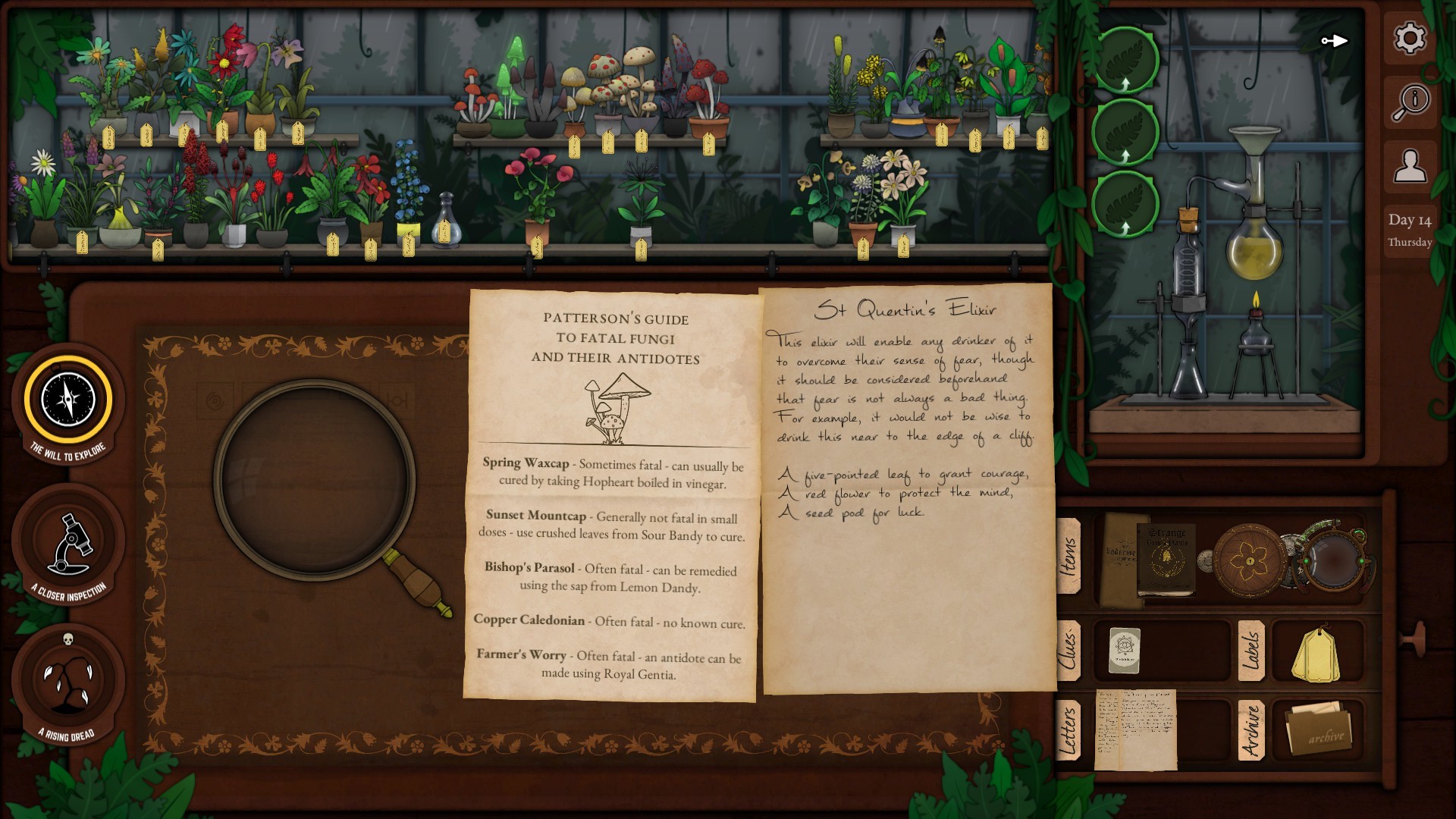
John laughed, finding the “hammering” description to be accurate. “It was a bit of hammering it in and pushing things around. We used different sorts of tools to help our case, like the prologue that is revealed slowly over the course of the game at the beginning of each day, which really helped create the background to the story. But because we reveal it slowly, it keeps the suspense and the intrigue, I think.”
Despite the substantial amount of time and effort Rob dedicated to writing, he took great care to ensure that Strange Horticulture’s gameplay and the supernatural mystery at its heart were not inextricable. “You have to accept that, in games, a lot of people just aren’t there for the story. You’ll get plenty of players who are looking for that, but there will also be plenty of players who aren’t. We wanted to make it so that you don’t have to read any of the story,” he said.
Still, we all felt that engaging with Strange Horticulture’s narrative makes the game significantly more compelling. “The story adds so much to the game; it wouldn’t be the same without it,” said John.
Future Projects at Bad Viking
Although they can’t share details yet, Rob and John confirmed that they have a new game in progress. “We are working on something, and I’m just so excited to show people it because I think it looks incredible,” Rob said.
“It shares a lot of DNA with Strange Horticulture,” John added.
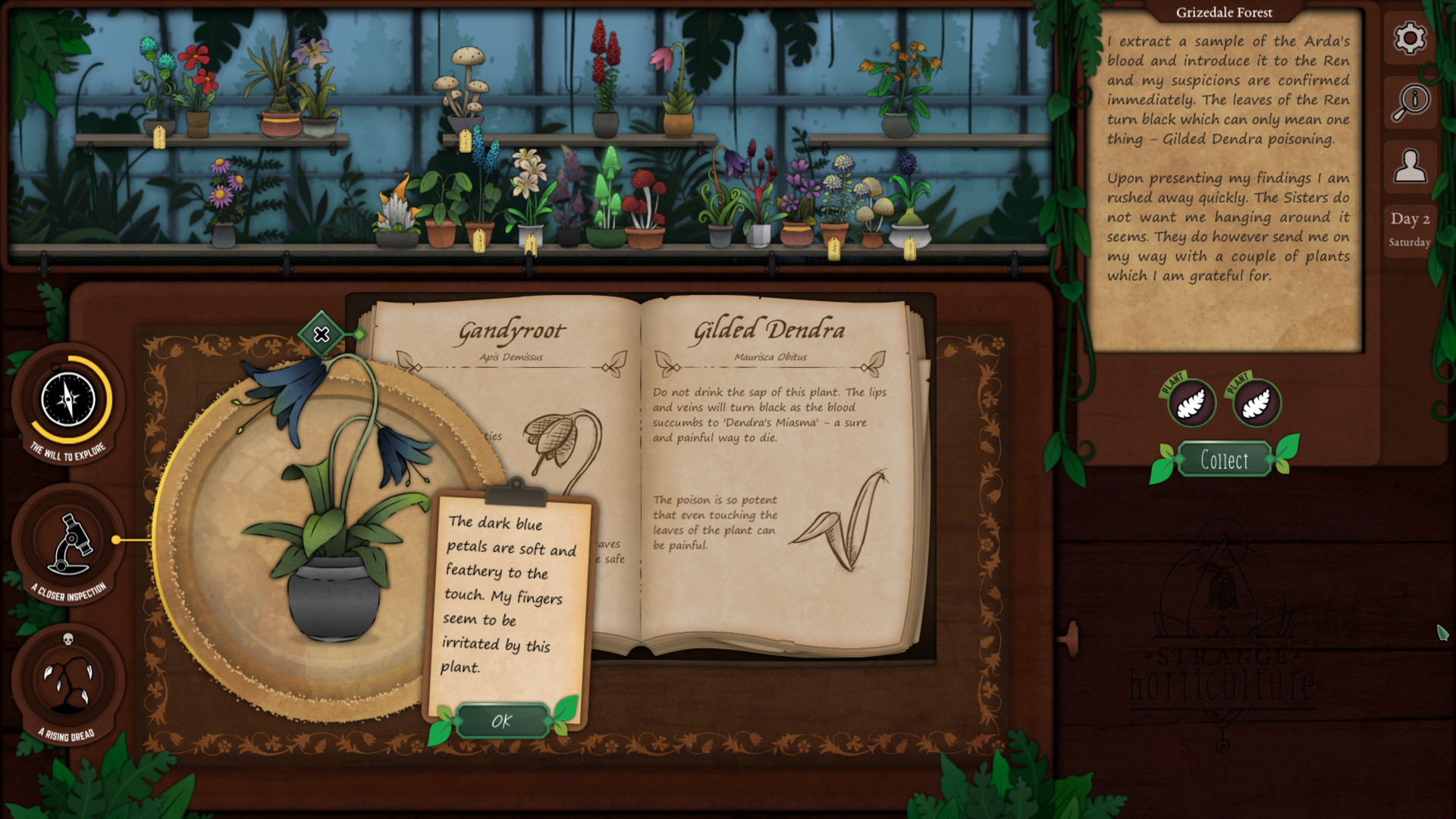
Color Gray Games — Ernests and Andrejs Kļaviņš
Roles in the Color Gray Games Studio / Getting Started
Before forming Color Gray Games in 2021, brothers Ernests and Andrejs Kļaviņš had collaborated on other projects. “We worked together earlier, but in indie comics production. They were Latvian comics for the journal kuš!,” said Ernests. “But we decided two years ago to make a game.”
For Andrejs, it simply felt like the right moment to immerse himself in a creative outlet he’d always been interested in but hadn’t yet pursued in a professional capacity. “I was between jobs, and I’m not even sure why, to be honest, but I kind of had this feeling like, ‘Okay, now that I have some time, why not prototype a game?’” he said. “I think, initially, it was just for fun. We had made some smaller games before in competition events together, and yeah, there was some kind of drive, like, ‘Let’s play around with this.’”
Ernests had some prior experience in the video game industry, but The Case of the Golden Idol was a significantly larger undertaking than his earlier work. “I dabbled in game design for quite some time,” he said. “I made some small games, some Flash games. Some work was professional commissions, but I’m a hobbyist. I made art for some commercials, marketing projects, and stuff like that. But my education was in painting.”
Andrejs added, “My background is in English philology, but I haven’t done anything with it. I started out writing about games, but since childhood, I’ve been playing video games and being really excited about them. I think there always has been this urge, this want to not only consume them, but create. And yeah, at a certain point, I had a feeling that actually I wanted to make games more than write about them. I gradually migrated towards game development because I feel creative expression in an interactive medium is super rewarding.”
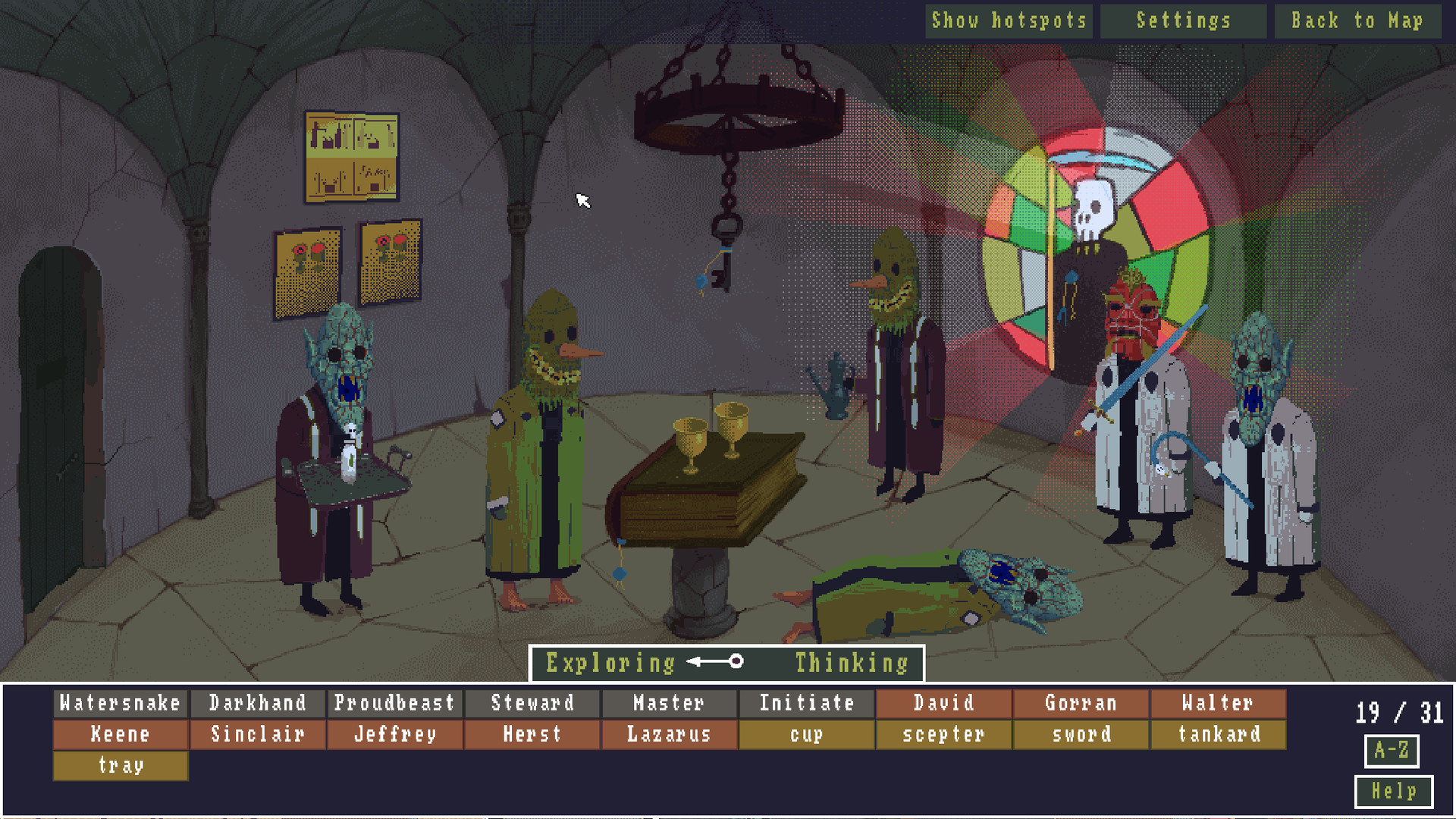
For The Case of the Golden Idol, Andrejs was responsible for the programming, and Ernests handled the graphic design. However, devising the game’s content — constructing the puzzles and fashioning a narrative to link each scenario together — was a combined effort.
Working with Family
From the beginning, Ernests and Andrejs have enjoyed a productive and rewarding partnership. “We are similar enough to kind of think in the same way and different enough that we can each contribute something unique,” said Ernests. “We were already used to working together on these small projects, so we kind of knew how we operate together. So, it wasn’t challenging. The project itself was challenging, but this brother relationship, it’s more like help.”
Andrejs agreed. “We’ve had fairly smooth sailing; I think we’ve had less than five serious quarrels during this period. I do think that there are, in general, risks and challenges when working with family members.” He recounted an example from personal experience. “Previously, I had a studio where a lot of friends were working together, and this can poorly impact your work because sometimes, you can’t fire a friend, or you feel like you can’t evaluate them as fairly. With family members, it can be even more serious. If there’s a work situation where things go bad, then your family life can be impacted as well. But yeah, this has not happened for us.”
A relatively minor issue is that the brothers’ enthusiasm for their profession can sometimes pervade their social interactions with each other. “I guess our work-life balance suffers a bit. Like, if we meet, we most likely immediately talk shop, but it’s not a huge problem,” said Andrejs.
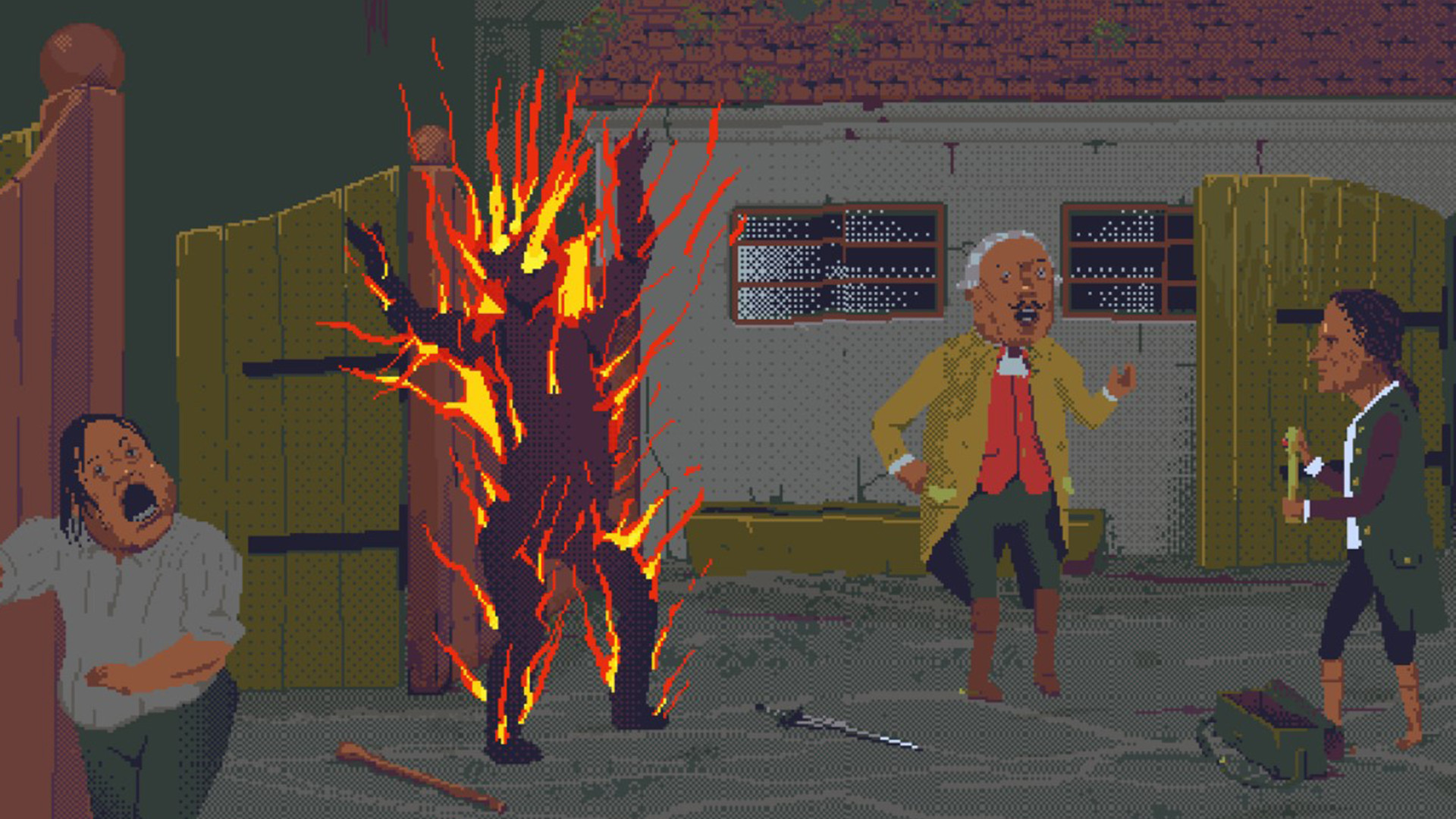
Usually, Ernests and Andrejs find themselves on the same wavelength regarding their in-progress work. “I feel that we have a strong alignment on the intuition of what is good,” Andrejs said. “Namely, when someone has a good idea, which somehow solves our problem, it is immediately noticed by both of us. Like, ‘Oh, wait, this feels nice; this actually untangles a plot problem or adds something that we’ve been missing.’ We don’t have many disagreements on, like, ‘Does this work plot-wise or does this not work?’”
Ernests added, “We have a similar informational background, so we can understand each other more quickly. It can, of course, turn out to be like a stick with two ends. We can make something that is very understandable to us but not to other people. We therefore heavily relied on testing. We tried to test the game as often and as early as possible to make sure it wasn’t something that only made sense to us.”
While discussing what the Color Gray Games duo has learned from each other since founding their studio, Andrejs mentioned a couple of ways Ernests has been a positive influence on his work habits. “I have more inclination towards polishing, or being a perfectionist, while Ernests can work very rapidly, and I believe that ‘better done than perfect’ is super important,” he said. “You need these short feedback loops to know if you’re even making the right thing. So yeah, kind of learning and seeing from Ernests in general is motivation, like, ‘Okay, we should move faster, let’s not get stuck on this.’ This has been very useful and very important for me.”
Additionally, he noted, “In the creative process, it’s easy to get attached to ideas and to fall in love with them, but Ernests is quite happy to ditch them if necessary and quite happy to receive criticism. If I say I don’t like something, he’s fine with dropping it, which has encouraged me to ditch ideas more happily.”
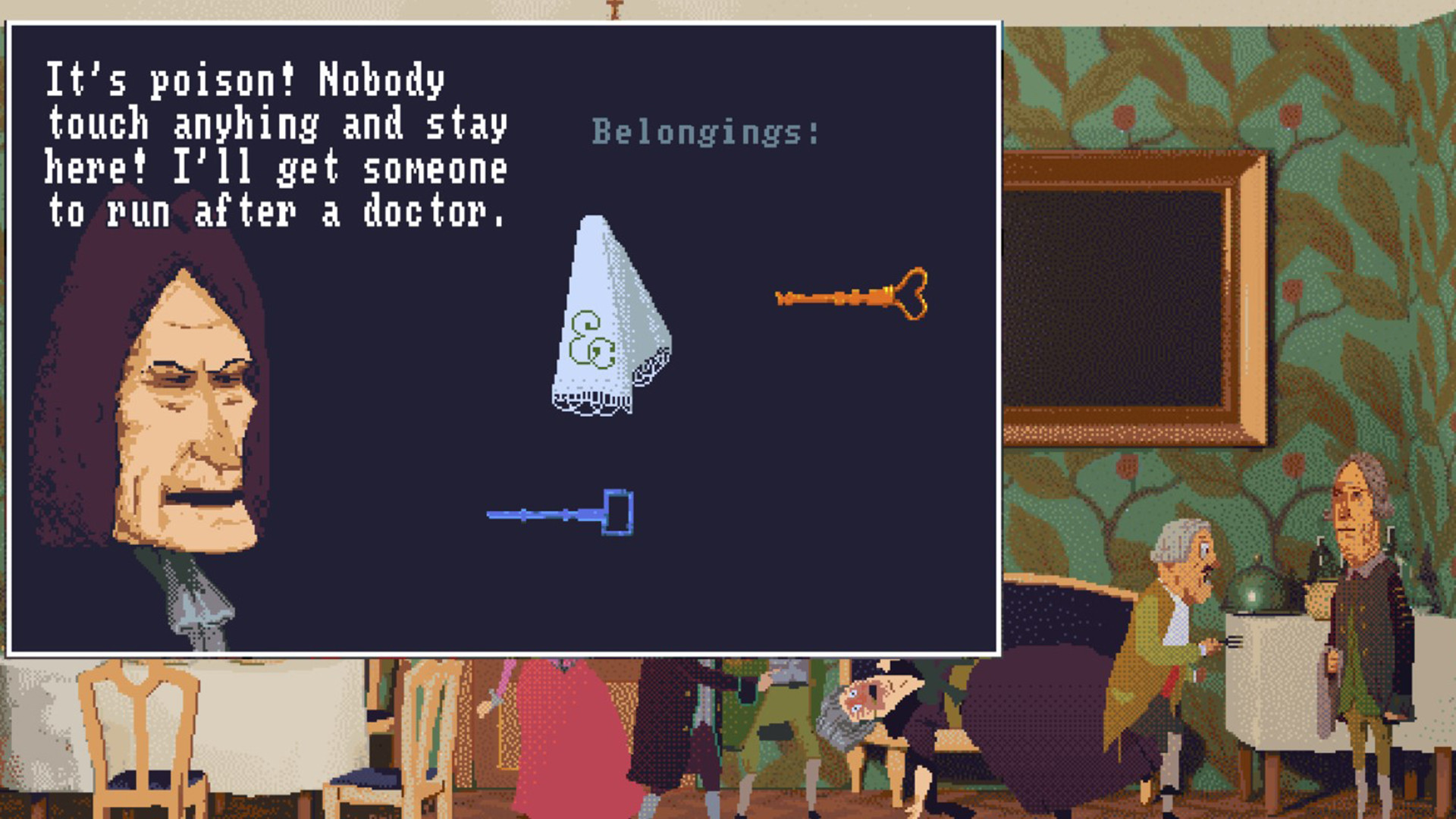
Narrative Design in the Puzzle Genre via The Case of the Golden Idol
Ernests and Andrejs began to plan a central narrative for The Case of the Golden Idol very early in the game’s development, eventually landing on the titular golden idol as a means of tying each scene together. Andrejs said, “I think the moment we started actually thinking about the overarching plot, there was some kind of feeling that that we wanted something supernatural, and we wanted some kind of juxtaposition of a real magical item that is not recognized by many as being magical and then these fake magicians — these cultists who pretend to be magical but are actually just rich idiots.”
Ensuring that most of the game obeyed real-world logic, despite the idol’s ability to meddle with some laws of nature, was important to both brothers. “Magical artifacts can be kind of bad for detective games because you can explain everything with magic if you want to,” said Ernests. “So, we inserted this magic artifact and spent the rest of game development trying to constrain it and contain it. Like, ‘It can do this, but it can’t do that.’”
Early rounds of testing affirmed the decision to unify each puzzle via a narrative that is revealed slowly over the course of the game. Andrejs recalled, “When people played the third scenario, they started getting suspicious that these things are connected, and in that moment, they were drawn in. Now they’re hooked. It’s more entertaining than having separate, disconnected puzzles.”
Naturally, this method of storytelling made conceptualizing individual scenes more challenging. “It made our development harder because coming up with separate puzzles would be way easier. But now, you have to keep each scenario as a puzzle, and it also has to be a plot beat,” said Ernests.
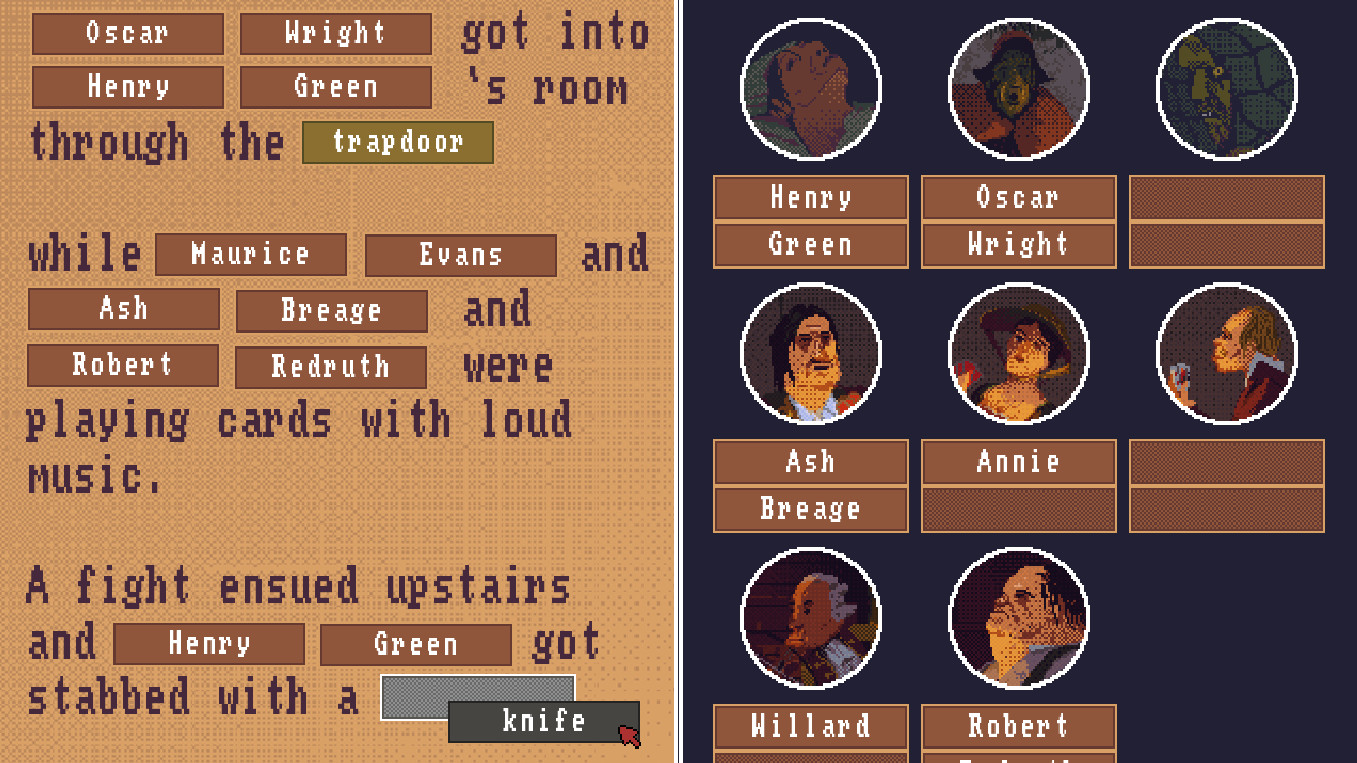
Still, the end result was well worth the effort, and Ernests and Andrejs intend to devote the same level of care to storytelling in their upcoming work. “Something I’m very glad that we managed — and this is something I really want to do in the future as well — is… well, there’s ludonarrative dissonance,” said Andrejs. “What would be the opposite of that?”
“Consistence? Ludonarrative consistence,” Ernests replied.
“Yes, we have high ludonarrative consistence,” Andrejs laughed. “Our narrative and gameplay are inseparable, and that’s something I’m extremely proud of.”
Future Projects at Color Gray Games
Color Gray Games needs to keep its ongoing work under wraps for now, but fans of The Case of the Golden Idol will be pleased to know that more games are in store. “Luckily, The Case of the Golden Idol has done well enough that we can now continue making games full-time,” said Andrejs. “So, we’re definitely making more games. Though we want to explore different genres as well, for now, we want to focus on more mystery and deduction games. That’s all I can say for now!”
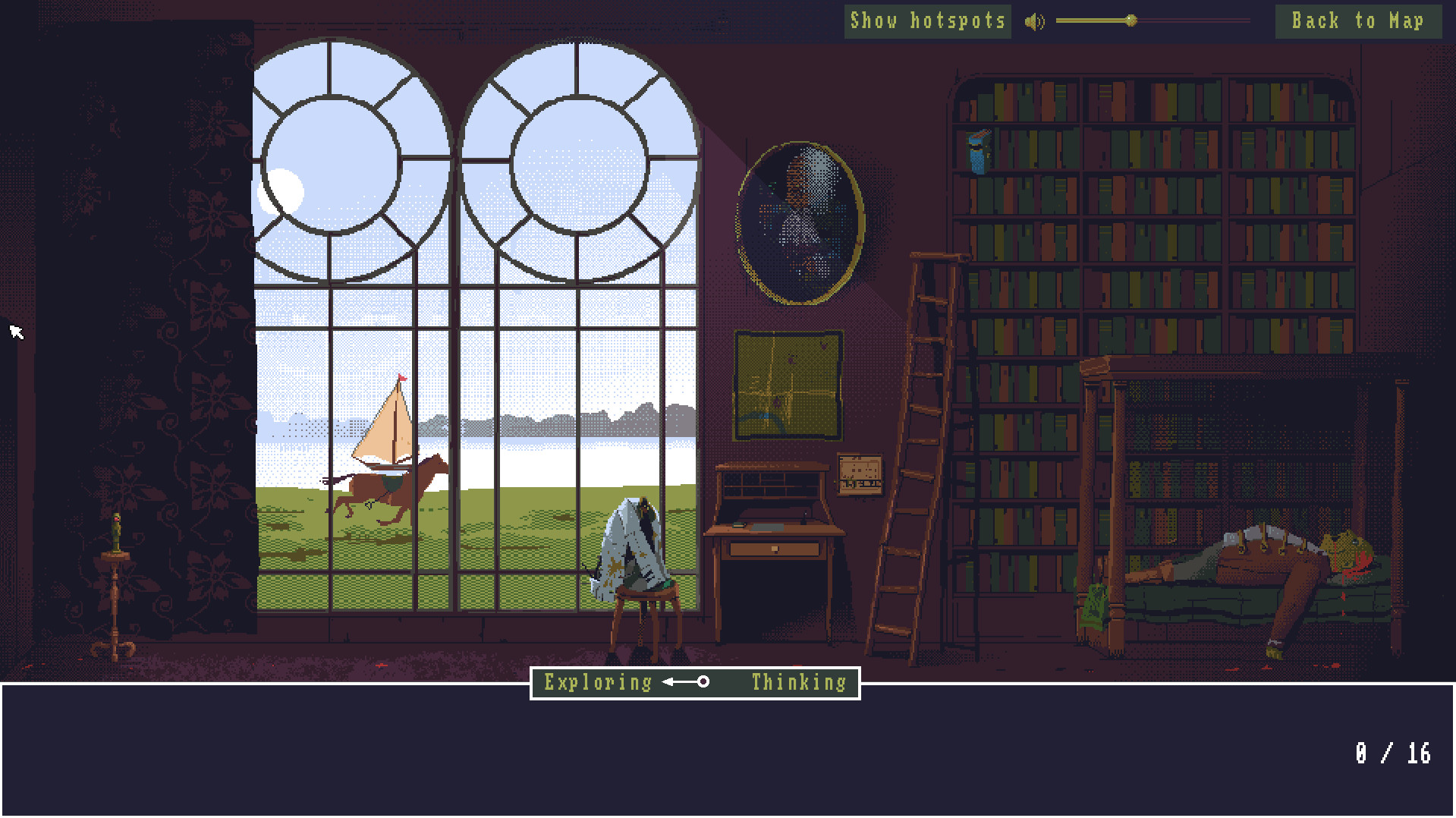
Not everyone is capable of having an effective working relationship with their family, but by all accounts, Bad Viking and Color Gray Games are examples of sibling synergy at its finest. Each pair’s compatible skill sets, complementary personalities, and shared life experiences seem essential to their respective studios, and it’s difficult to argue with the results they’ve produced — Strange Horticulture and The Case of the Golden Idol are both standout puzzle games that manage to pay clear homage to classic point-and-click titles while still maintaining their own utterly unique identities. Following the success Bad Viking and Color Gray Games have achieved in the past year, we’re excited to see what’s next for these exceptional brother duos.

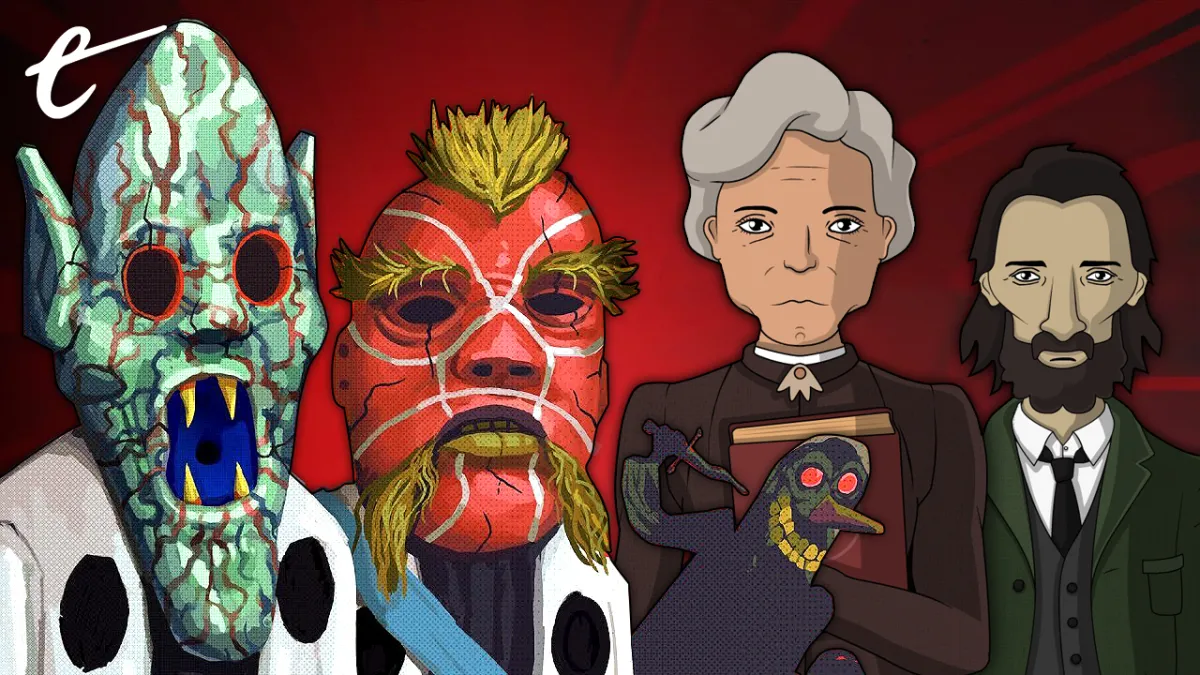
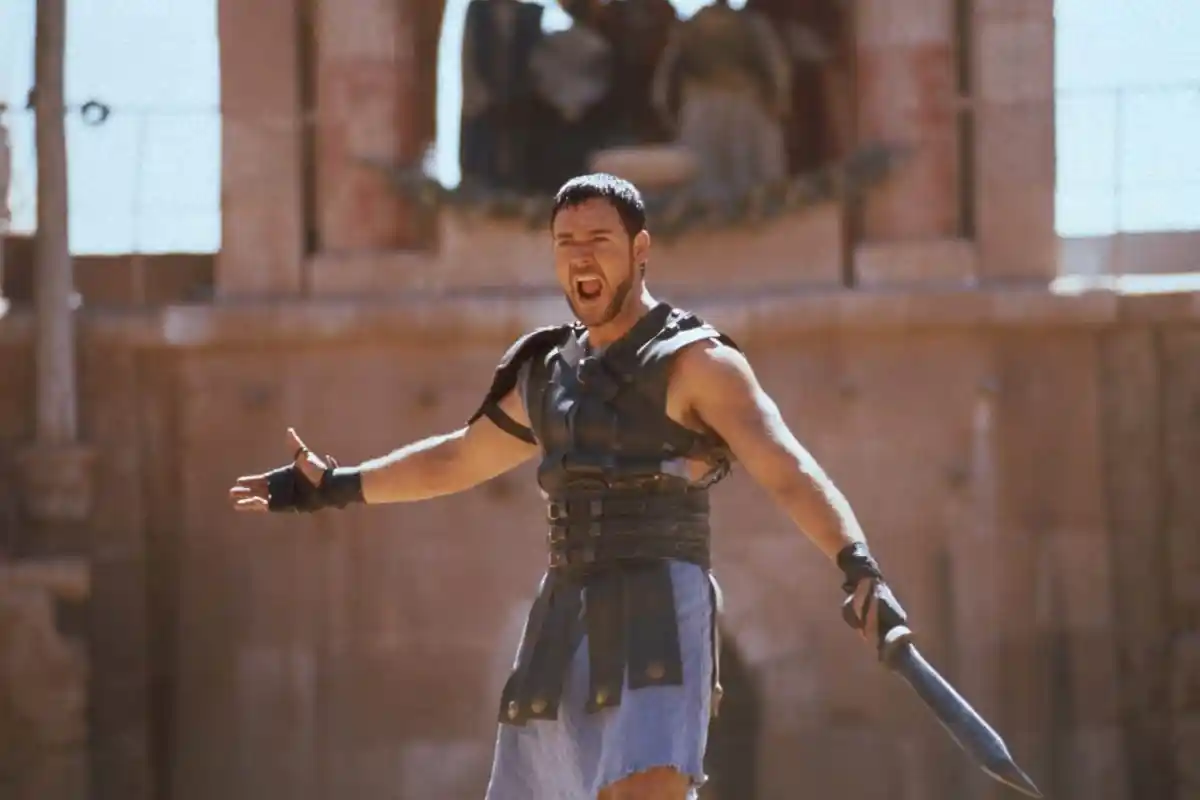

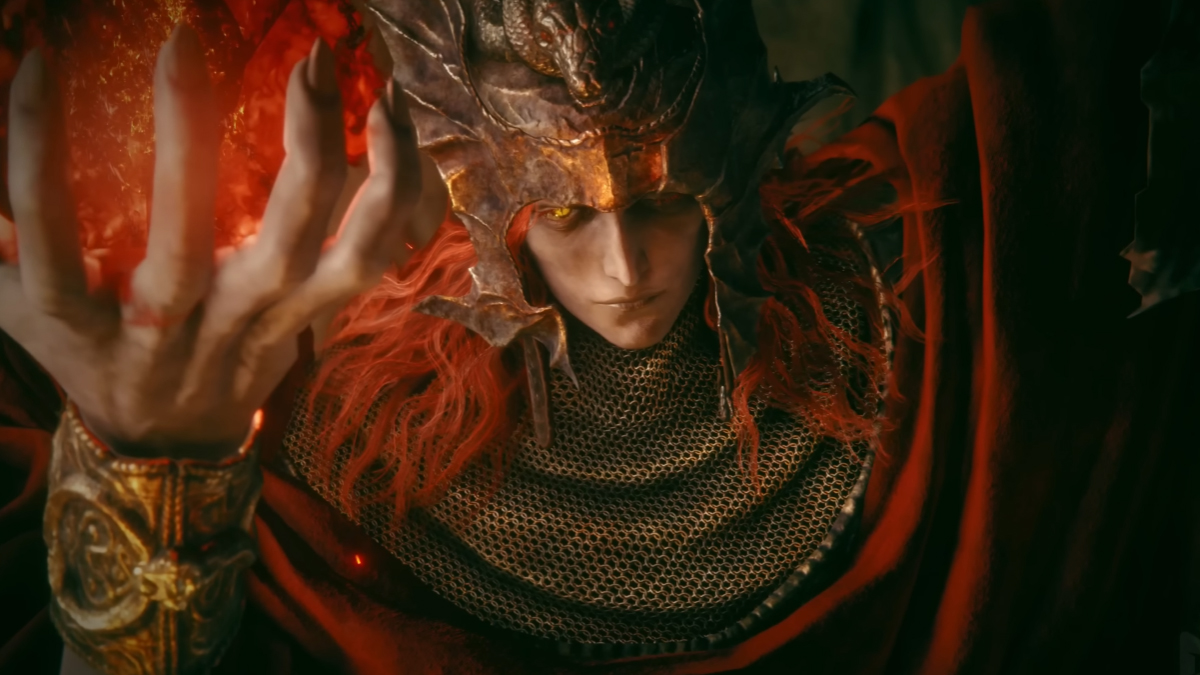
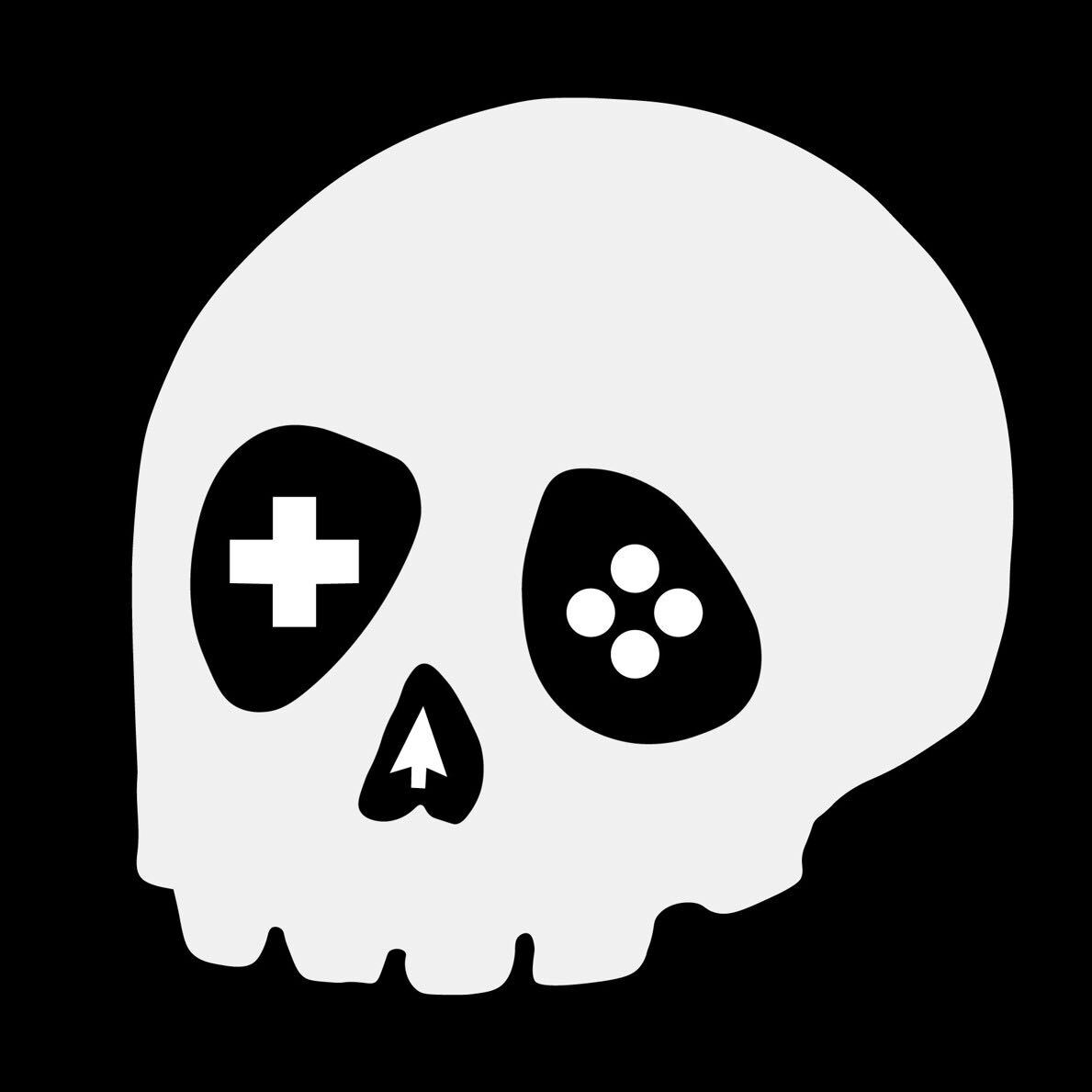
Published: May 31, 2023 03:35 pm